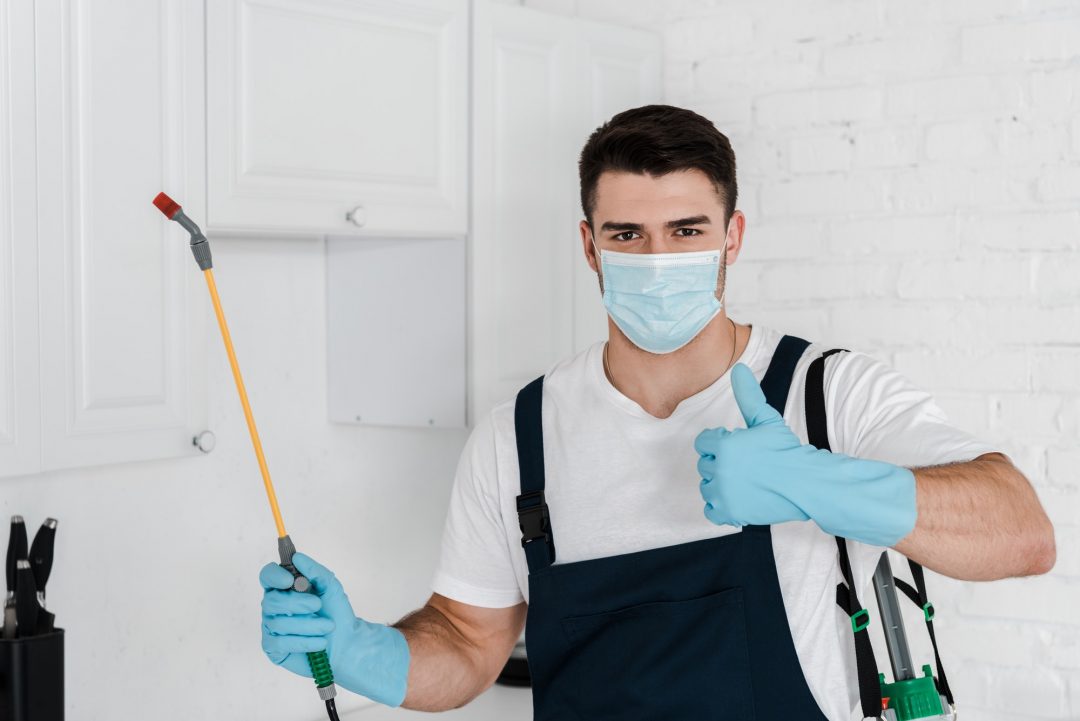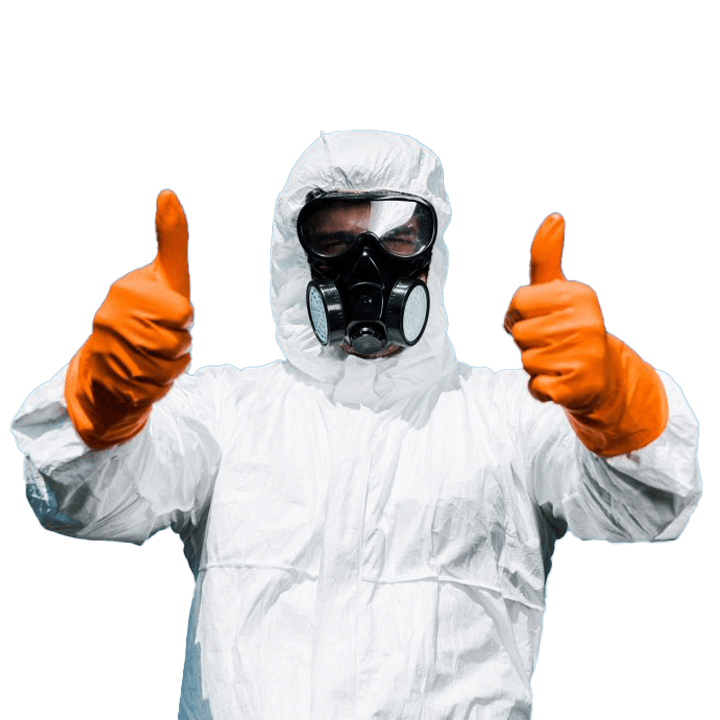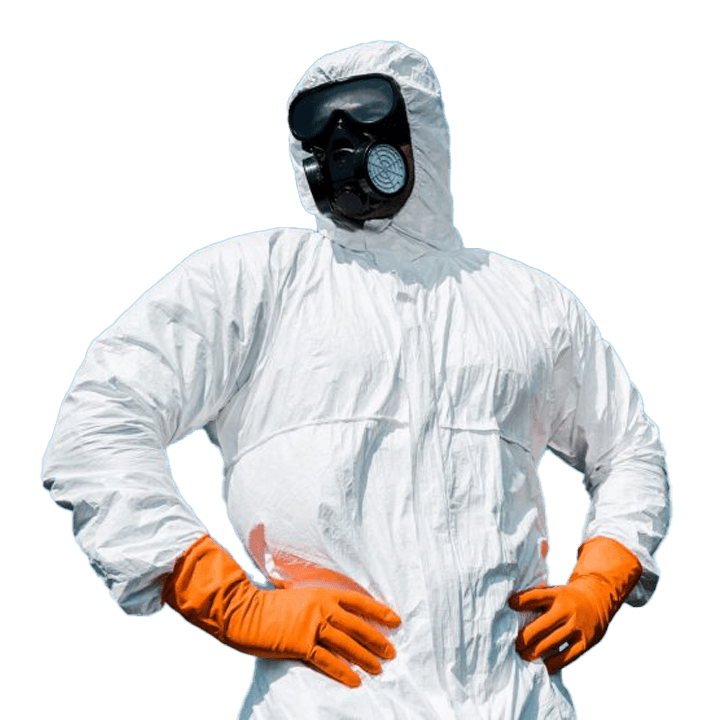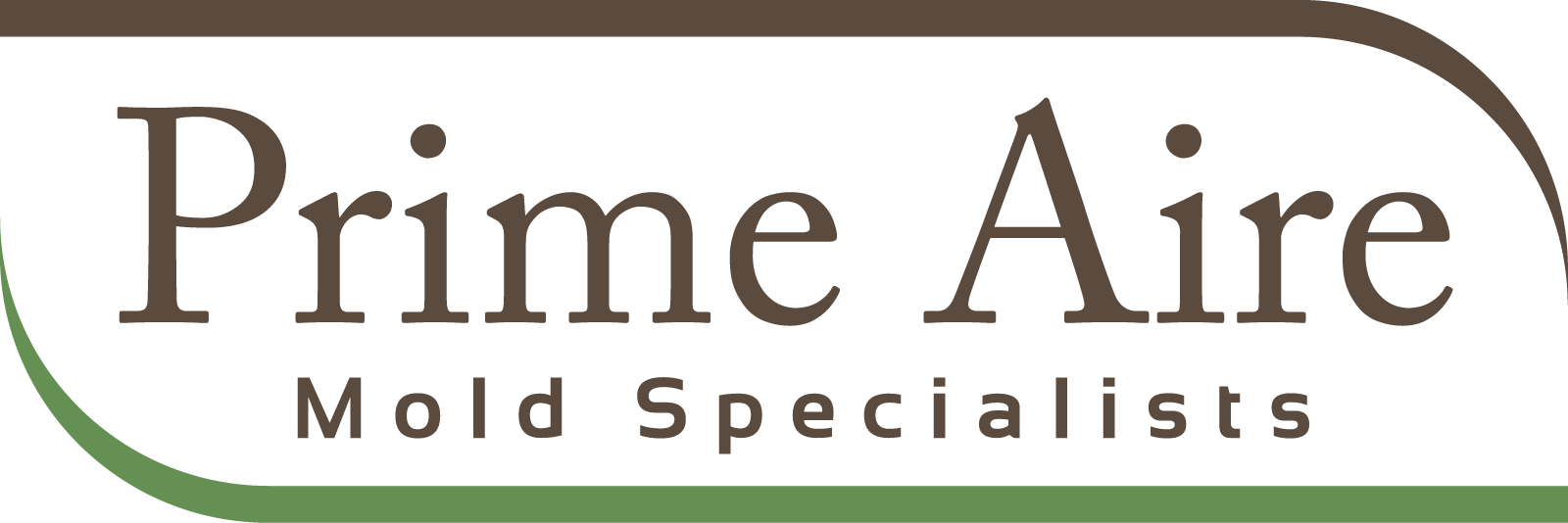- Mold Litigation Of Mold In NYC | PrimeAire Mold Services
Mold Litigation Of Mold
For more specific information regarding your personal mold testing questions and concerns, call PrimeAire to speak to a LIVE certified technician
Mold Litigation Of Mold In NYC
In the last few years, an increasing number of claims alleging personal injury and property damage resulting from mold infestation and exposure have been brought by property owners, employees, tenants, building occupants and local governments. These claims have garnered significant publicity, resulted in surprising verdicts, and caused reactions by impacted industries.
Molds are a type of fungi and are ubiquitous in the environment. Molds require moisture to survive. However, unlike most other plants, molds lack chlorophyll and thus they grow on other materials. Outdoors, molds are an integral part of natural processes, breaking down leaves, wood and plant debris. However, indoors, mold spores grow by digesting whatever organic substance they land on, including wallpaper, insulation, drywall, carpet, ceilings and roofs. Scientists have identified over 5,000 species of mold, of which around 150 can cause allergies in humans. Approximately 50 are pathogenic (i.e., they can grow inside the human body), and about 50 are capable of creating “mycotoxins”, fungal metabolites which may cause toxic reactions in healthy individuals.
Plaintiffs in mold litigation have alleged that molds cause a variety of different illnesses and adverse health effects – from the more mundane and generic headaches, nausea, fatigue, asthma, hay fever-like symptoms (runny nose and scratchy throat) and respiratory problems, to exotic disorders with accompanying acronyms, such as sick building syndrome (SBS), fibromyalgia (FM), chronic fatigue syndrome (CFS), reactive airway dysfunction syndrome (RADS), toxic encephalopathy (TE) and multiple chemical sensitivity (MCS).
Although it is generally accepted in the scientific community that certain mold species can cause allergic reactions in individuals such as coughing, sneezing and breathing problems, there is a lack of scientific consensus regarding (1) whether mold can cause permanent and severe illnesses; and (2) what level of mold exposure may cause such illnesses, or conversely, what is a permissible exposure level (PEL) to indoor mold. The U.S. Centers for Disease Control and Prevention (CDC) reviewed an investigation of pulmonary illnesses in infants in Cleveland, Ohio, in 1994, and initially agreed with the investigators’ conclusion that inhalation of Stachybotrys chartarum spores caused the children to die from pulmonary hemorrhage. However, the CDC later criticized the unscientific sampling and unjustifiable assumptions of the investigators, and now states on the CDC Web site that “[t]here are very few case reports that toxic molds (those containing certain mycotoxins) inside homes can cause unique or rare health conditions such as pulmonary hemorrhage or memory loss. These case reports are rare, and a causal link between the presence of the toxic mold and these conditions has not been proven.”
- Mold Testing & Inspection of Surfaces - Air
- Leak Detection and Moisture Testing
- Infrared Inspection & Survey / Infrared Thermal Imaging Assessment
- Mold Assessment, Mold Mitigation and Consulting
- Removal and Remediation
- Water Damage Assessment and Mitigation
- Laboratory Analysis of Mold Samples Taken
- Complete Review of Findings and Laboratory Results
- Recommendations for Mold Removal / Remediation ( If necessary )
Call PrimeAire Mold Services to speak to a Live Certified Mold Professional today.
Mold often grows behind walls and inside ceiling and floor cavities long before it is ever detected. By the time you start smelling an unpleasant odor, rest assured mold has been growing somewhere for some time and every day is growing more. If you suspect you have mold growing indoors, the time to act is sooner rather than later.

Testimonial
Here’s what our customers say
Giving the fresh air back to the household



PrimeAire Mold Services
Cause Of Mold
Volatile Organic Compounds (VOCs)and Sick Building Syndrome
The term “sick building syndrome” (SBS) is used to describe situations in which building occupants experience acute health and comfort effects that appear to be linked to time spent in a building, but no specific illness or cause can be identified. The complaints may be localized in a particular room or zone, or may be widespread throughout the building. In contrast, the term “building related illness” (BRI) is used when symptoms of diagnosable illness are identified and can be attributed directly to airborne building contaminants.
A 1984 World Health Organization Committee report suggested that up to 30 percent of new and remodeled buildings worldwide may be the subject of excessive complaints related to indoor air quality (IAQ). Often this condition is temporary, but some buildings have long-term problems. Frequently, problems result when a building is operated or maintained in a manner that is inconsistent with its original design or prescribed operating procedures. Sometimes indoor air problems are a result of poor building design or occupant activities.
Indicators of SBS include:
• Building occupants complain of symptoms associated with acute discomfort (e.g., headache, eye, nose or throat irritation, dry cough, dry or itchy skin, dizziness, nausea), difficulty concentrating, fatigue and sensitivity to odors.
• The cause of the symptoms is not known.
• Most of the complainants report relief soon after leaving the building.
Indicators of BRI include:
• Building occupants complain of symptoms such as cough, chest tightness, fever, chills and muscle aches.
• The symptoms can be clinically defined and have clearly identifiable causes.
• Complainants may require prolonged recovery times after leaving the building.
It is important to note that complaints may result from other causes. These may include an illness contracted outside the building, acute sensitivity (e.g., allergies), job related stress or dissatisfaction, and other psychosocial factors. Nevertheless, studies show that symptoms may be caused or exacerbated by indoor air quality problems.
What Are VOCs?
Volatile Organic Compounds (VOCs) are emitted as gases from certain solids or liquids. VOCs include a variety of chemicals, some of which may have short and long term adverse health effects. Concentrations of many VOCs are consistently higher indoors (up to ten times higher) than outdoors. VOCs are emitted by a wide array of products numbering in the thousands. Examples include: paints and lacquers, paint strippers, cleaning supplies, pesticides, building materials and furnishings, office equipment such as copiers and printers, correction fluids and carbonless copy paper, graphics and craft materials including glues and adhesives, permanent markers and photographic solutions.
Organic chemicals are widely used as ingredients in household products. Paints, varnishes and wax all contain organic solvents, as do many cleaning, disinfecting, cosmetic, degreasing, and hobby products. Fuels are made up of organic chemicals. All of these products can release organic compounds while you are using them and, to some degree, when they are stored.
EPA’s Total Exposure Assessment Methodology (TEAM) studies found levels of about a dozen common organic pollutants to be 2 to 5 times higher inside homes than outside, regardless of whether the homes were located in rural or highly industrial areas. Additional TEAM studies indicate that while people are using products containing organic chemicals, they can expose themselves and others to very high pollutant levels, and elevated concentrations can persist in the air long after the activity is completed.
Sources:
Household products including paints, paint strippers and other solvents, wood preservatives, aerosol sprays, cleansers and disinfectants, moth repellents and air fresheners, stored fuels and automotive products, hobby supplies and dry-cleaned clothing.
Health Effects:
Health risks include eye, nose and throat irritation, headaches, loss of coordination, nausea, damage to liver, kidney, and central nervous system. Some organics can cause cancer in animals, and some are suspected or known to cause cancer in humans. Key signs or symptoms associated with exposure to VOCs include conjunctival irritation, nose and throat discomfort, headache, allergic skin reaction, dyspnea, declines in serum cholinesterase levels, nausea, emesis, epistaxis, fatigue and dizziness.
The ability of organic chemicals to cause health effects varies greatly from those that are highly toxic to those with no known health effects. As with other pollutants, the extent and nature of the health effect will depend on many factors including level of exposure and length of time exposed. Eye and respiratory tract irritation, headaches, dizziness, visual disorders and memory impairment are among the immediate symptoms that some people have experienced soon after exposure to some organics. At present, not much is known about what health effects occur from the levels of organics usually found in homes. Many organic compounds are known to cause cancer in animals; some are suspected of causing, or are known to cause, cancer in humans.
Levels in Homes
Studies have found that levels of several organics average 2 to 5 times higher indoors than outdoors. During and for several hours immediately after certain activities such as paint stripping, levels may be 1,000 times background outdoor levels.
Standards or Guidelines
No standards have been set for VOCs in non industrial settings. OSHA regulates formaldehyde, a specific VOC, as a carcinogen. OSHA has adopted a Permissible Exposure Level (PEL) of .75 ppm, and an action level of 0.5 ppm. HUD has established a level of .4 ppm for mobile homes. Based upon current information, it is advisable to mitigate formaldehyde that is present at levels higher than 0.1 ppm.
Why Choose Us
Mold Inspection Testing & Equipment
- Air and moisture tests
- Swab sample
- Surface sampling
- Dust sampling
- Tape lift sampling
- Inner wall checks
- Laser particle counters
- Hyrometers
- Optic borescopes
- Leak detection
- Thermal imaging(infrared)
Primary Objectives of Mold Sampling
- Confirm or rule out the probability that mold is originating from a suspect condition indoors
- Assess the potential for property damage caused by mold without invasive procedures
- Assess the potential negative impact of mold on indoor air quality
Goals of Our Mold Investigation
- Determine if there is a mold or toxic mold infestation problem
- Determine the cause of the mold or toxic mold infestation problem
- Determine the extent of the mold or toxic mold infestation problem
Types of Mold Testing Include
- Air Testing using Air Cassettes
- Wall Check Cassettes
- Carpet Check Cassettes
- Bulk, Swab & Wipe Samples
- Tape Lift Samples
- Clearance Testing
Mold Testing Involves Collecting Samples
- Identify the type of mold present
- Quantify the level of mold present
3 Most Common Types of Samples Used in a Mold Inspection
- Surface samples (testing mold growth on surfaces)
- Air samples (testing airborne mold spores)
- Dust samples (mold DNA analysis)
Cause Of Mold in NYC | PrimeAire Mold Services
We use safe and environmentally friendly measures.
Our Mold Inspection Reports are our pride, digital, organized, easy to read and very well documented providing pertinent Mold Removal guidelines.
The following are some of the potential property conditions which warrant a professional mold inspection:

Frequent Condensation on Window
Consequences: Moisture seeps past window frame and into wall cavity causing water damage and mold growth inside wall.
Surface Mold On Window Sill
Consequences: Moisture seeps past window frame and into wall cavity causing water damage and mold growth inside wall.
Surface Mold Inside Window
Consequences: Moisture seeps past window frame and into wall cavity causing water damage and mold growth inside wall.
Bathtub/Shower Mold
Consequences: Mold comes back with a few days after cleaning, severe water damage, degradation of construction materials, and mold growth inside wall cavities.
Mold, Dry Rot, Water Damage on Eaves
Consequences: Severe water damage, degradation of construction materials, and water damage and mold growth spreading under shingles, onto sub-roof materials.
Roof Leak
Consequences: Water damage and mold growth spreading under shingles, eventual on attic and interior construction materials.
Over-Exposure to Water on Stucco
Consequences: Water damage and mold growth on stucco and inner-wall materials and interior walls of the structure.
Common Questions
Frequently Asked Questions
For detailed information or to request a quote, Call PrimeAire Mold Services at 1-877-307-5166 to speak to a Live Certified Mold Professional today.
Mold is a simple organism found everywhere, indoors and outdoors. Mold spores are microscopic (tiny and lightweight) and travel through the air we breathe. Airborne mold spores in large numbers are a known allergen that can cause allergic reactions, asthma episodes, infections, and other respiratory problems for people, especially children and elderly individuals.
Molds can be a major source of building sickness but not the only potential cause. Other issues can cause building sickness.
People living in or working in dwellings with building sickness have symptoms similar to a mild case of influenza (the flu) with the signs and symptoms disappearing within a few hours of leaving the building. Headaches, fatigue, and respiratory problems can also be experienced by people exposed to sick buildings.
Mold will grow in an environment that is warm, moist and unventilated. Once airborne, mold spores can be spread throughout your structure via the air duct system.
Mold can grow within areas of the house / building that you do not see. Wherever there is exposure to water and a mold "food source" such as cellulose (a component of wallboard), mold can grow. Areas such as the interiors of walls, showers and bathrooms, crawl spaces, attics, drywall tape, cracked plasterboard and dampened carpets are a few discovery areas for mold exposure.
New building methods make buildings better insulated and thus more likely to retain molds within the structure. Buildings are more airtight and any unventilated moisture that gets inside stays trapped inside, allowing mold to grow and spread rapidly.
Molds will grow any time the environment is favorable. Molds can be introduced into the house / structure when the building is under construction or after completion through events such as water damage from leaky pipes, roof leaks, sink, tub, or toilet overflows, cracks in the sealant around tubs /showers and use of inadequate materials during construction. There are documented cases demonstrating the damage caused by contractors allowing building materials to become wet during construction.
See examples of recent mold damage coverage: Forbes magazine: "The Fungus That Ate Sacramento;" CBS News: "Black Mold - Creeping Destruction;" CBS News/ 48 Hours: "Brockovich Takes on a New Foe: Mold;" CBS News/48 Hours: "An Insidious Mold."
In the past, insurance companies have covered mold repairs, but this is changing. Due to litigation and expensive repairs that can be incurred, insurance companies are now starting to consider mold issues a "maintenance issue" even if it costs thousands of dollars to repair/replace walls, etc. Please consult your insurance policy to see if you are covered.
It is possible to clean up visible (surface) mold with a solution of water and bleach, but precautions should be taken. For specific instructions, please refer to FEMA. Mold that is not visible however may require professional remediation.
By eliminating all of the mold that you can see, you may help your situation. However, this may not be the final solution since contamination may be originating from sources such as carpets, the inside of walls, air ducts, crawl spaces and sources outside of your home or building.
